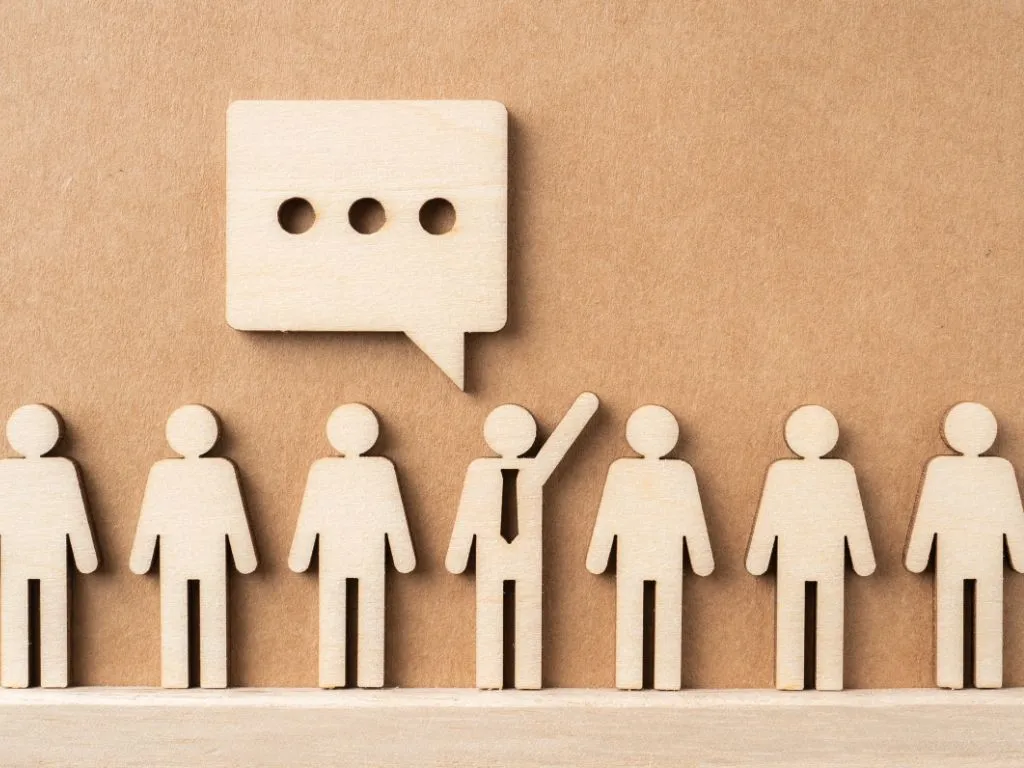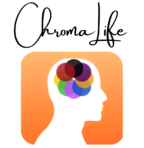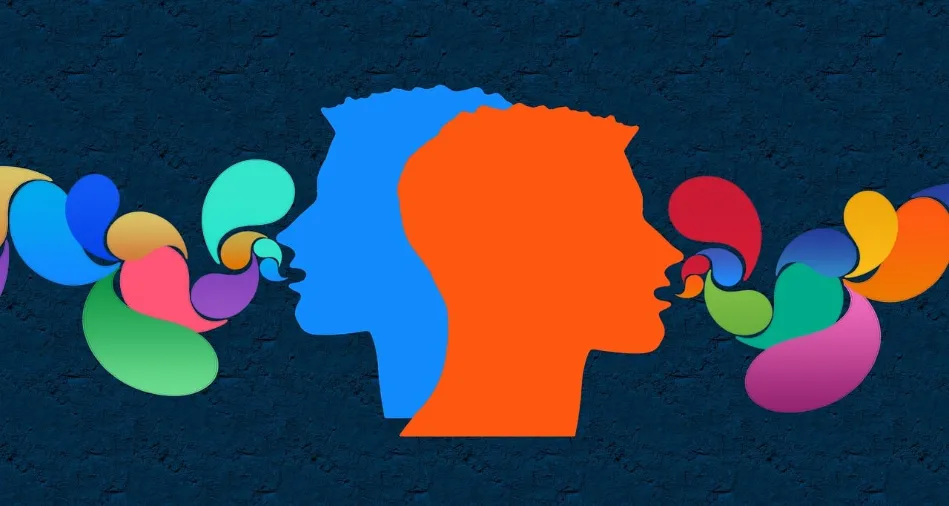[read-time]

Table of Contents
- Personality color traits and their impact on communication
- Understanding the different personality color traits
- 5 Keys for effective communication
- Tips for mastering effective communication based on color traits
- Applying effective communication strategies in various scenarios
- Embracing the power of color traits for enhanced communication
Effective communication is the cornerstone of successful personal and professional relationships. Whether you’re navigating a delicate interpersonal situation, leading a team, or engaging with clients, mastering the art of effective communication can be a game-changer.
However, achieving effective communication is not always a straightforward task. Our individual personalities, preferences, and communication styles can often create barriers and misunderstandings. This is where the power of understanding color traits comes into play.
Personality color traits and their impact on communication
Personality Color Traits are a widely recognized framework for understanding personality types and their associated communication styles. By recognizing and appreciating the unique characteristics of different color traits, you can unlock the keys to more effective and harmonious interactions.
In this comprehensive guide, we’ll explore the various color traits, how they influence communication, and practical strategies for leveraging this knowledge to enhance your personal and professional relationships.
Understanding the different personality color traits
The color trait framework typically identifies four primary personality types, each represented by a distinct color:
- Red Trait: Individuals with a red trait are often driven, assertive, and results-oriented. They value efficiency, decisiveness, and getting things done.
- Blue Trait: Blue-trait individuals are typically analytical, detail-oriented, and focused on accuracy. They prioritize logic, structure, and a methodical approach.
- Green Trait: Green-trait individuals are often collaborative, empathetic, and people-oriented. They value harmony, consensus, and a supportive environment.
- Yellow Trait: Yellow-trait individuals are typically enthusiastic, creative, and big-picture thinkers. They thrive on innovation, exploration, and a positive, optimistic outlook.
Understanding the unique characteristics of each color trait can provide valuable insights into how you and those around you communicate, make decisions, and approach various situations.
How color traits influence communication styles
The way we communicate is heavily influenced by our underlying color traits. Let’s explore how each trait manifests in communication:
| Color Trait | Communication Style |
| Red | Direct, concise, and results-oriented. Reds value efficiency and getting to the point quickly. |
| Blue | Analytical, detailed, and fact-based. Blues prioritize accuracy and thorough explanations. |
| Green | Empathetic, collaborative, and focused on relationships. Greens aim for consensus and harmony. |
| Yellow | Enthusiastic, expressive, and big-picture oriented. Yellows enjoy creative and engaging communication. |
Recognizing these communication preferences can help you adapt your approach and create more effective dialogues, whether you’re communicating with a colleague, a client, or a family member.
5 Keys for effective communication
To harness the power of color traits for effective communication, consider the following strategies:
- Identify your own color trait: Start by understanding your predominant color trait and how it shapes your communication style. This self-awareness will help you recognize your strengths and areas for improvement.
- Recognize the color traits of others: Observe the communication patterns of the people you interact with and try to identify their color traits. This will allow you to adjust your approach accordingly.
- Adapt your communication style: Tailor your communication style to better match the preferences of the individuals you’re engaging with. For example, a Red may appreciate a more direct and concise approach, while a Green may respond better to a more empathetic and collaborative style.
- Seek common ground: Look for areas of overlap and shared interests, even when communicating with someone with a vastly different color trait. This can help bridge the gap and foster mutual understanding.
- Employ active listening: Actively listen to the other person, ask clarifying questions, and demonstrate your understanding of their perspective. This shows respect and can lead to more productive dialogues.
Tips for mastering effective communication based on color traits
To further enhance your communication skills, consider the following tips for each color trait:
For Reds:
- Be clear, concise, and action-oriented in your communication.
- Provide practical solutions and emphasize the bottom line.
- Respect their time and avoid unnecessary details.
For Blues:
- Provide comprehensive information and supporting data.
- Communicate in a structured and logical manner.
- Encourage them to share their analytical insights and concerns.
For Greens:
- Demonstrate empathy and a collaborative approach.
- Emphasize the impact on people and relationships.
- Create an environment of trust and open communication.
For Yellows:
- Infuse your communication with enthusiasm and creativity.
- Encourage brainstorming and the exploration of new ideas.
- Maintain a positive and optimistic tone.
By tailoring your communication style to the preferences of each color trait, you can build stronger connections, resolve conflicts more effectively, and achieve better outcomes in your personal and professional interactions.
Let’s explore a few real-world examples that illustrate the impact of understanding color traits in communication:
Applying effective communication strategies in various scenarios
The principles of effective communication based on color traits can be applied in a wide range of scenarios, including:
- Interpersonal Relationships: Enhance your communication with family members, friends, and romantic partners by understanding their color traits.
- Team Collaboration: Foster more productive and harmonious teamwork by recognizing and accommodating the color traits of your colleagues.
- Client Interactions: Tailor your communication style to better meet the needs and preferences of your clients, leading to stronger relationships and better outcomes.
- Negotiation and Conflict Resolution: Use color trait insights to navigate challenging conversations and find common ground.
- Public Speaking and Presentations: Adapt your communication style to better engage and connect with your audience.
By embracing the power of color traits, you can unlock new levels of understanding, empathy, and effectiveness in all your personal and professional interactions.
Embracing the power of color traits for enhanced communication
In the ever-evolving landscape of personal and professional relationships, effective communication is the key to unlocking success, building trust, and fostering meaningful connections. By understanding the impact of color traits on communication styles, you can develop a powerful toolkit for navigating diverse interactions and achieving your goals.
Emophilia and Personality Color Traits: The Fascinating Connection Between Them
[read-time] Emophilia meaning: What is it and what does it mean? Emophilia, a term derived from the Greek word “emophilia,” meaning “love…
The Personality Color Assessment & The OCEAN Model (Big 5
[read-time] This article delves into how our personality color assessment aligns with the OCEAN Model – The Big 5 Personality Traits…
Personality Color Assessment – What Exactly is it and Why
In this article you’ll learn 5 vital benefits of personality color assessments!…
The 5 Love Languages & The Color Assessment: The Real
[read-time] Table of ContentsThe Rainbow of the Personality Color AssessmentA Groundbreaking ConceptThe Five Love Languages: A Universal Blueprint for ConnectionThe Enduring…
Welcome to the ChromaLife Blog!
[read-time] Welcome to the ChromaLife Personality Color Assessment blog: where every hue tells a story! Are you ready to dive into the…
8 Morning Habits of Highly Successful People You Can Adopt
What exactly do these high achievers do in those early hours that sets them apart? And more importantly, how can…
Are Personality Changes Possible? The Science Says Yes
Personality change, is it possible? We can often wonder if we’re stuck with the personality we’re born with or if…
The Hidden Dangers of Flow State: 2 Warning Signs You’re
Flow state is an intriguing phenomenon. Have you ever been so engrossed in an activity that time seems to stand…
Discover the Magic of Mirror Neurons! Stop Missing Out on
[read-time] Mirror neurons is a remarkable discovery in the fascinating world of neuroscience. These specialized brain cells play a pivotal role…
The Domino Effect in psychology refers to the cascading impact
[read-time] The Domino Effect in psychology refers to the cascading impact of one behavior, thought, or action leading to a chain…
Uncovering Social Desirability Bias in AI Personality Tests: The Surprising
An intriguing area of study of AI involves social desirability bias when administering personality tests to large language models (LLMs)…











